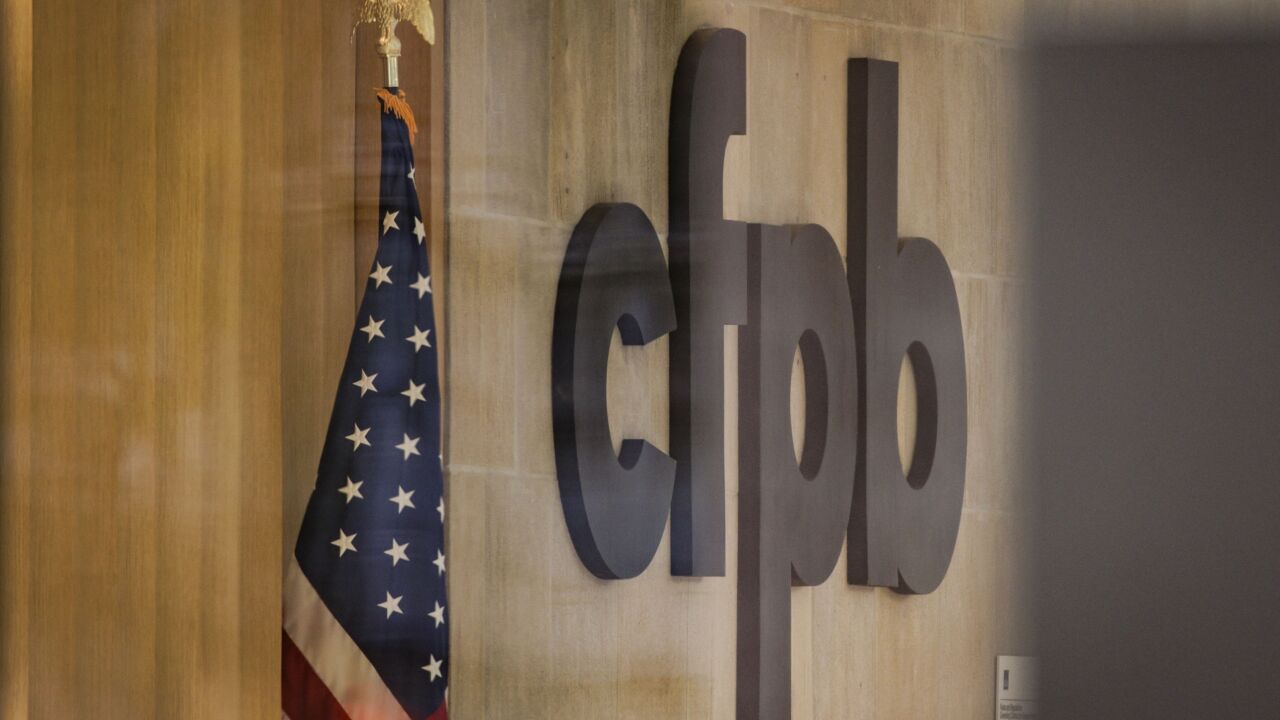A small San Antonio bank is about to roll out technology that will allow its customers — including some who are in war zones — to do their banking by mobile phone.
The $130 million-asset Eisenhower Bank has been testing the technology in-house for the last few months and plans to offer it to some customers in late December, before a wider rollout in January. Many of its customers are active in the military, and Mike Ruiz, Eisenhower’s mobile banking project manager, said the technology was developed with them in mind.
“They deserve customized services that support their rapid deployment and frequent moving situations,” he said. “That’s the type of mobility that this product can offer.”
Eisenhower, a division of the $1.6 billion-asset Broadway Bank of San Antonio, developed the technology with TRG Mobilearth Inc. of Vancouver, British Columbia. Its application works with any type of mobile device, using multifactor authentication.
Eisenhower is one of a handful of U.S. banks preparing to offer mobile banking to its customers. Though banks have been hopeful about the mobile banking’s prospects for years, only recently has the technology developed to the point where banks are comfortable about rolling it out.
TRG Mobilearth officials gave a presentation of Eisenhower’s mobile-banking platform to an American Banker reporter last week. The technology instantly recognizes what type of mobile device a customer is using and will format it accordingly. For instance, a cell phone might not have graphic capabilities, so customers accessing accounts online would see only text. A customer using a BlackBerry, however, would be able to see a tiny image of a check that had cleared.
The cost for Mobilearth’s Mobile Solution suite of products ranges from $40,000 to $250,000, depending on the size of the institution, plus the company also charges a monthly rental fee, said Tia Lee, the chief executive officer with the company
Broadway Bank plans to begin offering the cell phone technology to its broader customer base in the second quarter of 2007.
For the past couple of months, some Broadway and Eisenhower employees have been using the mobile technology in the pilot test.
“I use it daily,” Mr. Ruiz said. “I’m already hooked. I’m using it for alerts, checking my balance, and doing transactions.”
Tom Llewellyn, executive vice president and chief information officer for Broadway Bank, also said he has found mobile banking useful. On payday he normally puts money in the account of his 16-year-old daughter, but he recently decided to wait a few days until she mentioned something.
“When I heard from her, I did the transaction on my phone, and then texted her the money was there,” he said, chuckling. “It’s really convenient.”
Eisenhower surveyed 1,500 customers and found a majority wanted the product and 72% were willing to pay for it, Mr. Llewellyn said. Still, Eisenhower plans to offer the mobile service for free, though it may charge for upgraded alerts.
“We can see where this product is going — organizations are going to give it away for retention,” Mr. Llewellyn said. “Everybody gives away Internet banking and bill pay, and this is going the same way.”





